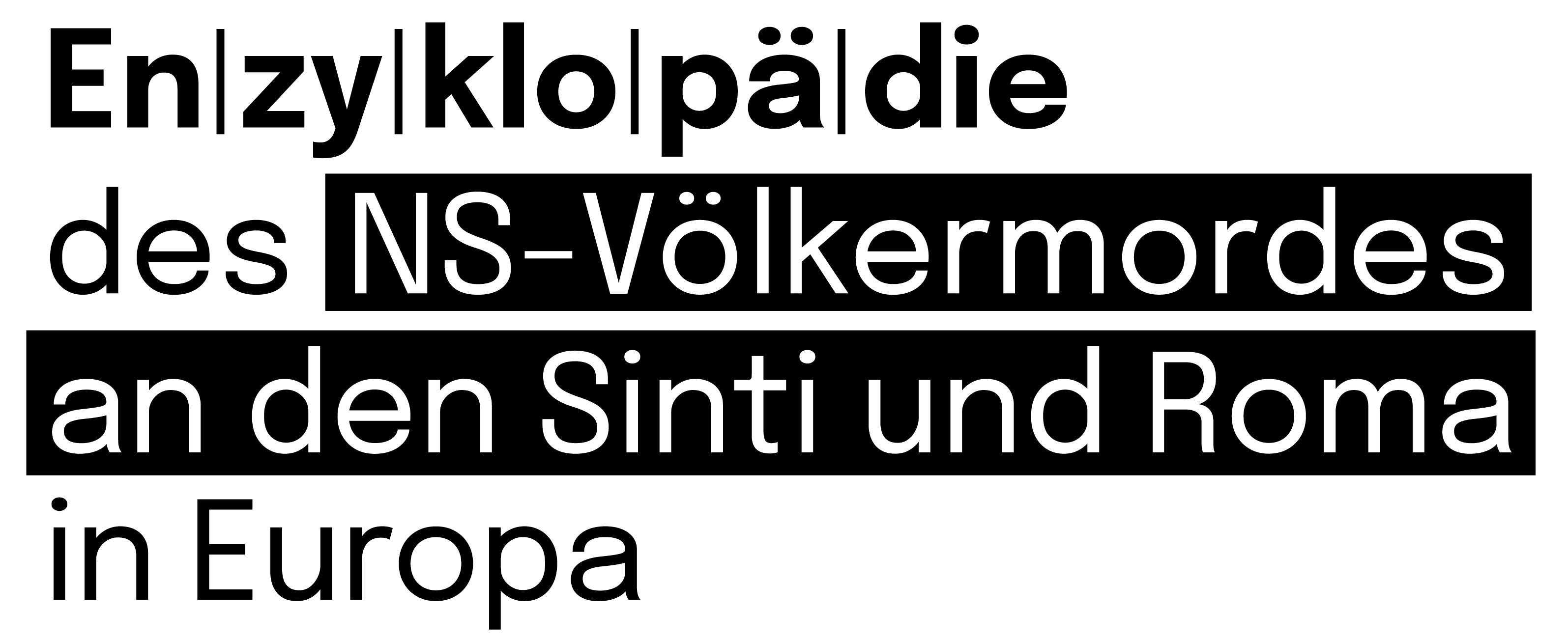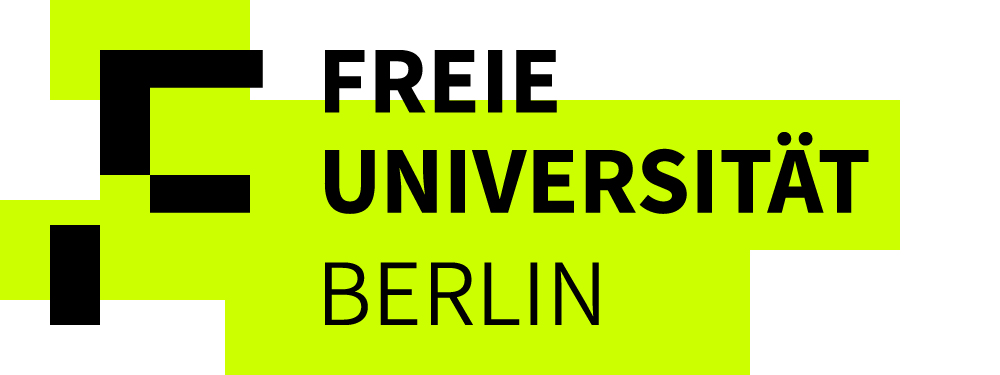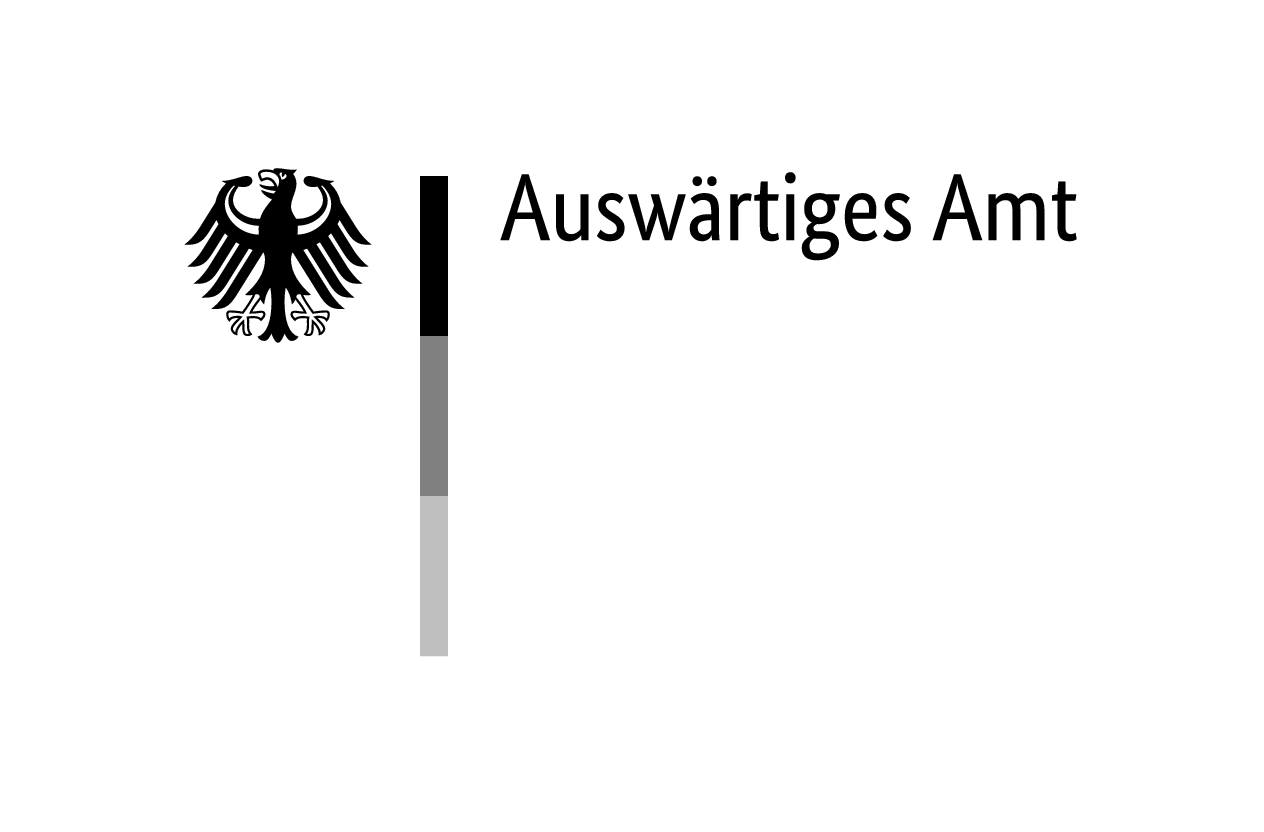The online archive ‘Forced Labor 1939–1945’, initiated by the Foundation Remembrance, Responsibility and Future (EVZ) and set up at the Freie Universität Berlin in 2008, comprises a total of 590 interviews with forced labourers and other persecutees, including 48 life history interviews with Sinti and Roma. The interviews were conducted in 25 countries in 2005 and 2006 as part of a project coordinated by the Institute for History and Biography at the FernUniversität in Hagen. They have been transcribed, partially translated into German, and indexed with tables of contents, camp, company and place indexes as well as editorial notes and are accessible online after registration.1 See https://www.zwangsarbeit-archiv.de/en.
29 Roma, 18 Romnja and one Sinto born between 1912 and 1939 were interviewed. Twelve of the 48 interviews were conducted in Romanian, six each in Macedonian and Romanes, five each in Polish and Russian; other languages were Czech, Slovakian, Latvian and Bosnian, some of which were mixed. Only the survivor of the Mauthausen and Auschwitz-Monowitz concentration camps, Reinhard Florian (1923–2014), reports in German. The interviews last between 45 minutes and six hours. Currently, 37 of the 48 interviews are available.
The interviewees report on their experiences of persecution during World War II in Belarus, Bosnia and Herzegovina, the Czech Lands , Germany, Latvia, Macedonia, Poland, Romania and Slovakia. In addition to the well-known camps such as Auschwitz and Jasenovac, the interviewees also describe regional transit camps, workplaces and persecution sites, for example in Slovakia and Romania. The biographical interviews address not only Nazi persecution, but also the experience of continuing discrimination after the war and the sometimes distressing poverty of the interviewees, which is also visible in some of the photographs archived with the interviews. Eight Bosnian Roma were living in Germany at the time of the interview as war refugees under permanent threat of deportation.
The project reports published in the book ‘Hitler’s Slaves’ reveal the methodological difficulties experienced by some of the interview teams. Initiating contacts and interview dialogue was made more difficult by the isolation and mistrust of the few survivors after 60 years, as well as the very limited time and funding available for the project, and in some cases also by the interview teams’ lack of background knowledge. Some of the interviews have not yet been transcribed and or subjected to close analysis. By contrast, digital editions of the interviews with Reinhard Florian and Anna Kýrová (1927–2008) have been developed which can be used (for example) in online learning environments for schools; these materials are available only in German and Czech respectively.




